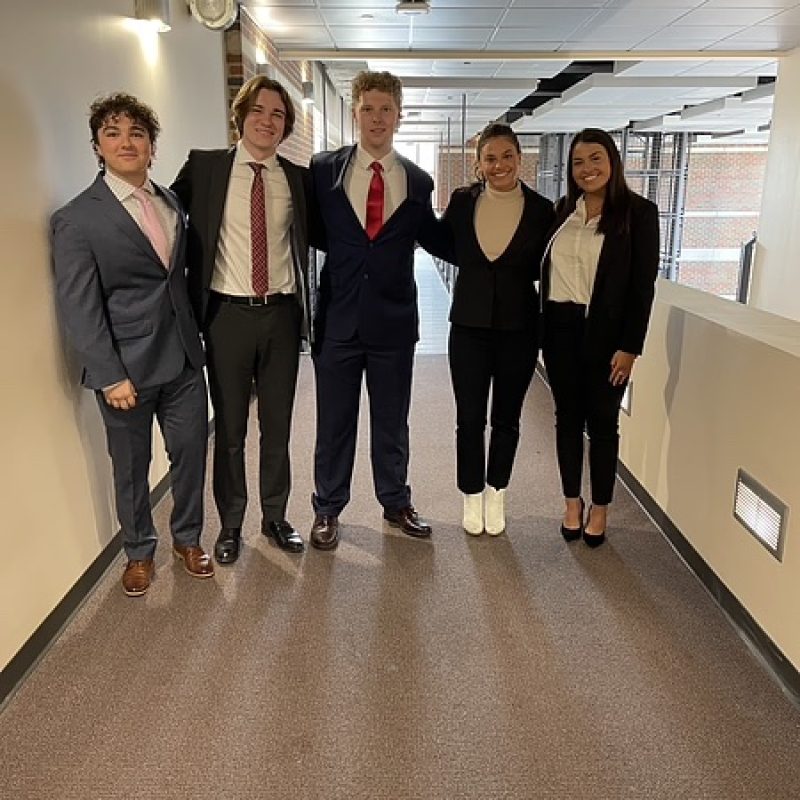Culverhouse Team Wins NASA Platinum Ranking
The most surprising thing about the NASA Technology Transfer University Program (NASA T2U) is not that undergraduate students at The University of Alabama actually create viable business plans from NASA patents in just a few weeks, although that’s pretty impressive. The most surprising thing is that the undergrads were doing such a good job with these projects that NASA and the STEM & CREATE Path to the MBA professors had to introduce a new category for excellence. Originally, the scale went Brass (Good), Silver (Better), and Gold (Best), but recently, student groups were going so far above and beyond expectations that the judges added a Platinum-level award.
Oh, and last spring, a group of STEM Path to the MBA students from Culverhouse were the first ever group of freshmen to win a platinum ranking.
One of the winning groups was part of Harold Wright’s GBA 172 class, and consisted of five students, led by pre-med major and STEM Path to the MBA student Maren McKean, as well as Berkley Allen, Austin Fink, Zach Schmidt, and Jimmy Robida. Their project, Brainguard, leveraged a NASA spectroscopy sensor patent, originally used for geological work like measuring fluids in the ground. The students proposed that the technology be repurposed into a biomedical patch, worn behind the ear, that would detect the decreasing electrical activity in the brain that signals an oncoming stroke.
“Strokes are the fifth leading cause of death and the number one cause of long-term disability,” McKean said. “And really the only way doctors track it now is based on physical telltale signs. So if someone is asleep or if the sign is not that obvious, it could be too late to catch it. So our patent alerts emergency medical services immediately, so the patient can get the help they need quicker.”
The team conducted extensive research prior to the presentation, studying the FDA approval process and interviewing 25 doctors to assess need for the technology. After they put together their business plan and presentation, they delivered it to their peers in Professor Wright’s course, and Wright chose Brainguard and other teams to present to NASA representatives and STEM & CREATE Path faculty.
”Brainguard did a phenomenal job of taking a complex technology, repurposing it to help stroke victims, and being able to communicate their work to others. Great example of making the complex simple,” Wright said.
The team hopes to develop Brainguard into a viable startup. Last summer they also participated in the Crimson Startup Program, and they plan to participate in ALDAG in the fall with the goal of securing startup funding. “I think this could really help people,” McKean said.

